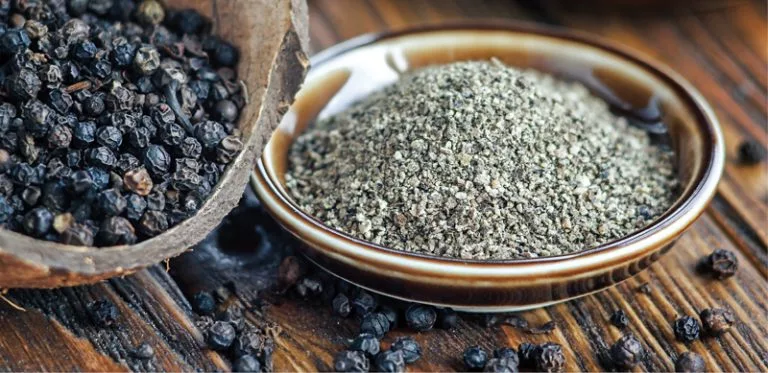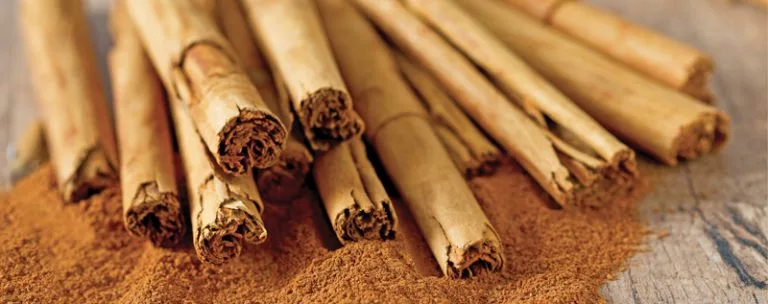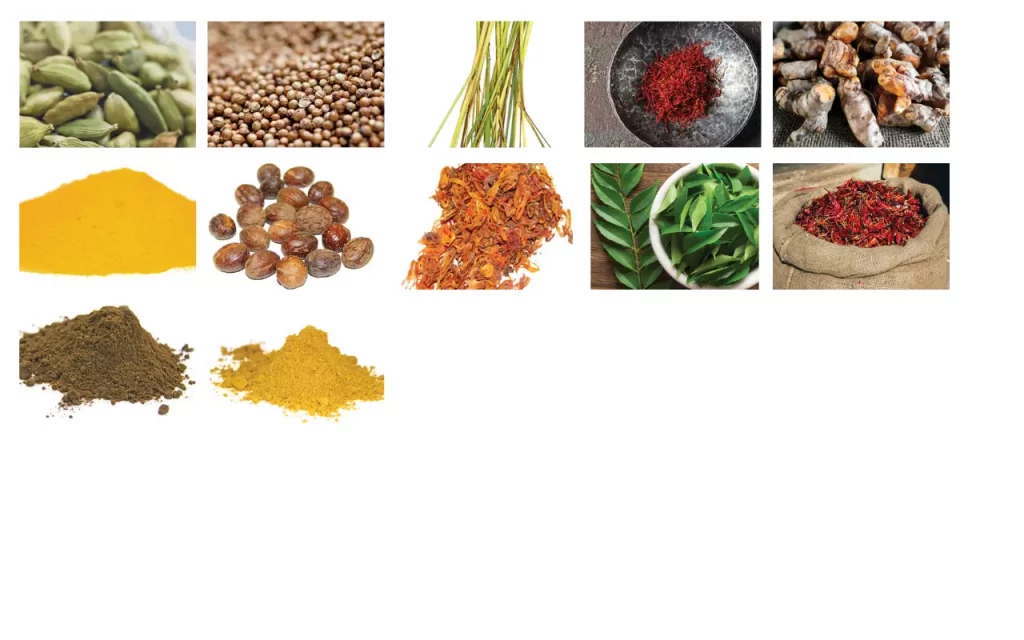
Sri Lankan’s penchant for cooking is vigorously practiced in every household. Our dining tables reveal a rich flavourful cuisine that boasts a proud gastronomical heritage. Sri Lankan meals are made with spices that are full of flavour. And this dichotomy makes Sri Lankan cuisine one of the most interesting food in the world.
Words Kulanthi Silva
Photographs Taniya Stolyaevskaya, Sara Crake and Kulanthi Silva

Each country has a colour, flavour and an aroma. Seasoned to perfection with spices, made lyrically creamier with coconut milk, a bite from a Sri Lankan dish fires up the taste buds in an instance. Sri Lankans are known to be very particular about their food and will be rarely satisfied with other cuisines but their own. Each tantalising dish complements the other. Though familiar techniques and spice contrasts are used, the taste differs from house to house and region to region. Spices are added liberally in spontaneity, as Sri Lanka does not have specific recipes.
Cardamom or Enasal adds an edge to Sri Lankan dishes. Cardamom is used to flavour rice as well as to give a unique taste and aroma to sweets.
Cloves are commonly used to add flavour to Sri Lankan dishes. This spice gives a penetrating taste that overpowers other flavours. When making special rice, cloves with cardamom and curry leaves are added. Cloves are also used for toothpaste and mouthwash. We call it Karabu Naeti in Sri Lanka.
Black Pepper is the most widely used spice that produces a hotness to your meal. Pepper had been so precious back in the day that it was used as a medium of exchange. Pepper has a strong aroma and a woody flavour to it. Pepper is called Gammiris by Sri Lankans.
Ceylon Cinnamon is one of the most sought after and priced spices. It plays a significant role in Sri Lankan and international cuisines. Sprinkle on your curry, tea or coffee, baked foods, infuse in your cocktail or simply perfume your home. Cinnamon is known as Kurundu in Sinhala.
Coriander seeds are ground to make coriander powder. It is a main components of curry powder.
In Sri Lanka, these are commonly used in making savoury dishes. Nutmeg is known as Sadikka and Mace is called Vasavasi in Sinhala.
Another common spice used mainly in meat dishes is Lemongrass. It is called Sera in Sinhala. Lemongrass is cultivated for oil distillation to be used in herbal treatments and perfumes. Though Lemongrass is widely used in Sri Lankan cuisine, there are no proper records of how the plant was introduced here.
Saffron, which consists of red strands, actually produces a yellow hue and has a distinct flavour. This too is used when making special types of rice and sweets.

Turmeric powder or Kaha, which is commonly used in Sri Lankan kitchens is produced by drying the turmeric root. This spice is also associated with numerous health benefits. In certain instances Kaha (turmeric) is mistranslated as Saffron as both spices produce the yellow hue.
Though Nutmeg and Mace are widely used to heighten a certain level of sweetness in desserts, in Sri Lanka, these are commonly used in making savoury dishes. Nutmeg is known as Sadikka and Mace is called Vasavasi in Sinhala.
The thunapaha mix changes by region; Trincomalee, Jaffna and Batticaloa have a leaning towards edgy flavours…
Ginger is another main ingredient in food preparation. It is especially used to sharpen flavour and strengthen the taste of meat curries. Ginger is also used to flavour tea and takes an active role in the Ayurvedic traditions. The Sinhala term for Ginger is Inguru. Chilli (Miris) and Curry Leaves (Karapincha) too are important to Sri Lankan cuisine, and there is rarely a dish that doesn’t include the ingredients.
Thunapaha is the key flavouring spice in our curries. Coriander seeds, cumin, fenugreek, sweet cumin, chilli, ginger, clove, curry leaf, mustard, cardamom and pepper are its main components. The thunapaha mix changes by region; Trincomalee, Jaffna and Batticaloa have a leaning towards edgy flavours while curry powder down South is full of hot and spicy goodness. Thunapaha for meat, prawns and fish also differ.
Coriander Leaves (Kottamalli Kola), Cumin Seeds (Suduru), Fennel Seeds (Mahaduru), Fenugreek Seeds (Uluhal), Mustard Seeds (Aba aeta) and Tamarind (Siyambala) are also commonly used spices in Sri Lankan cuisine. In various quantities they produce interesting flavours relished by diners far and wide.
In this paradisiacal island, the cuisine is very much influenced and shaped by its rich historical and cultural past. It is not a cuisine one can easily find elsewhere in the world; another classic instance to prove that good things are hard to come by.



